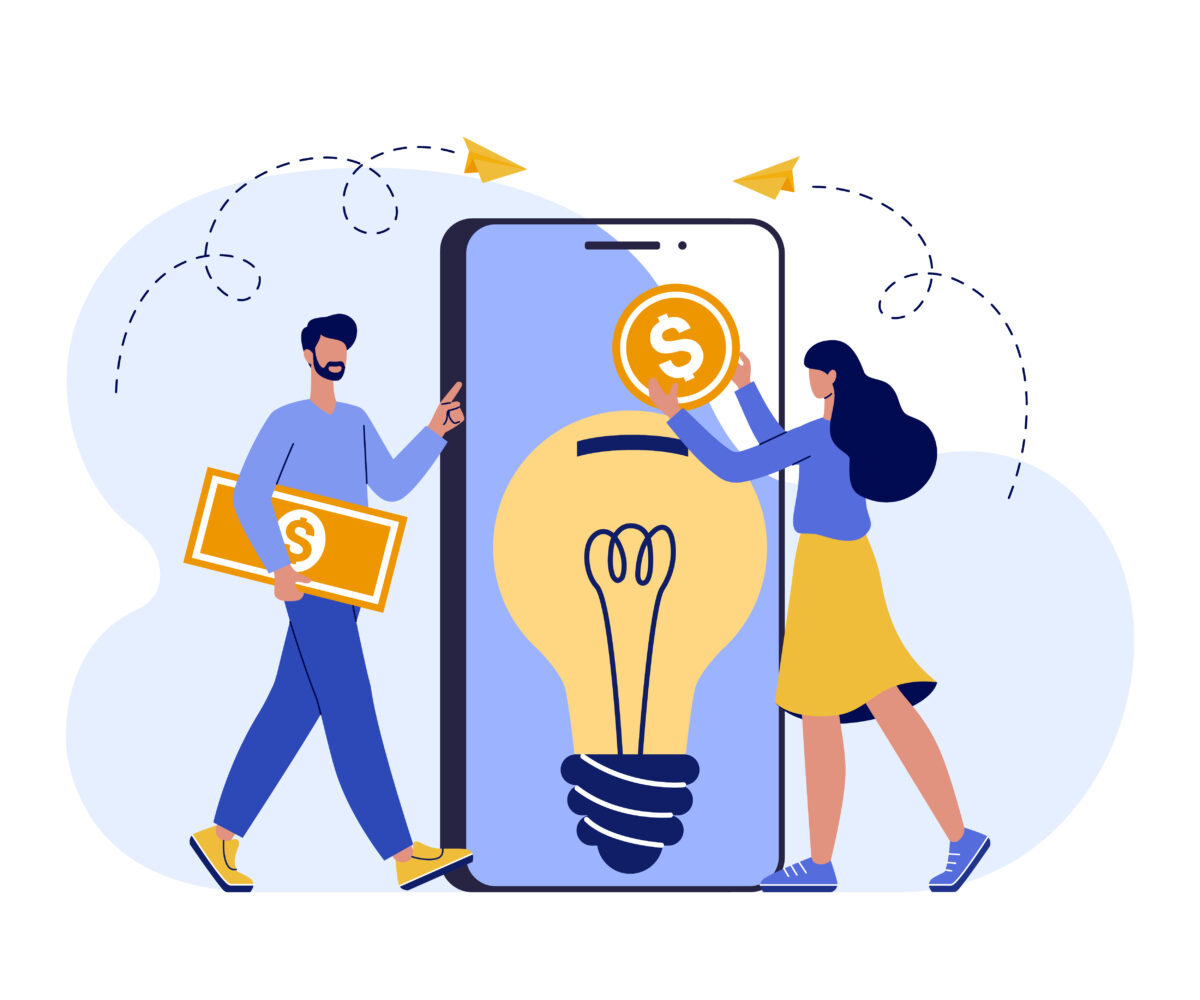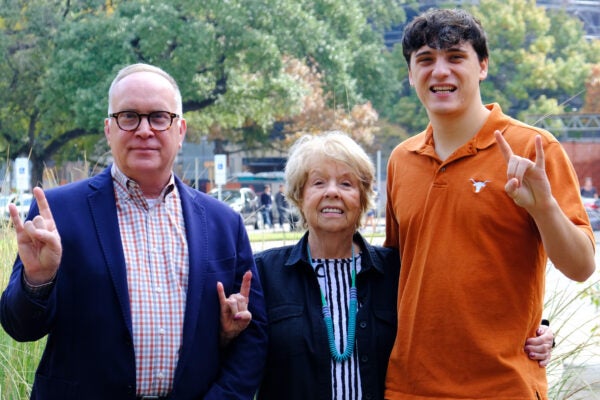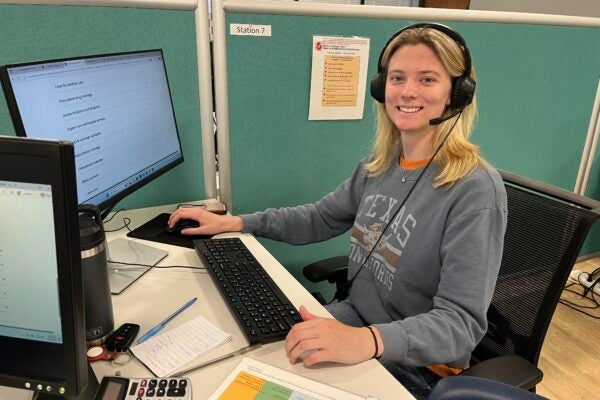To Kick-Start a Kick-Starter, Give to Yourself
A significant self-donation early in a campaign can help a crowdfunding effort draw more donors and more money
Based on the research of Raghunath Rao

Giving small donations to bright ideas and charitable causes is becoming a big market. This year, crowdfunding is projected to raise $1.6 billion worldwide, according to Fortune Business Insights. The money raised this way is expanding at a rate of 13.8% a year.
With growth like that, it can be harder for projects to attract potential givers with many options to navigate. Among platforms such as Indiegogo, GoFundMe, and DonorsChoose, how can donors tell which projects will maximize the impact of the money they give?
New research from Raghunath Rao, chair of marketing and Arthur James Douglass Centennial Professor in Entrepreneurship and Small Business at Texas McCombs, finds that one practice in particular can help draw donors to worthy projects: a significant self-donation early in a campaign.
“We find that self-donations accelerate the pace of donations and increase the donation amounts from other donors, leading to greater fundraising success,” Rao says.
With Zhuping Liu and Qiang Gao of the Zicklin School of Business at Baruch College, Rao studied 465,530 crowdfunding campaigns from 2004 to 2016 on the platform DonorsChoose. DonorsChoose helps match classroom projects — such as funding school supplies or field trips — with people who want to help. As of 2023, it helped raise $1.7 billion.
The researchers found that high-quality projects — those perceived by donors to have a strong chance of succeeding — were often helped by a donation from the organizer of the campaign.
- A visible self-donation sped up the time to the next donation by 9.6 hours, an improvement of 15%.
- A significant self-donation of 15% to 35% of a campaign’s goal had a bigger influence on drawing more donors than no self-donation or a nominal donation of, say, $1.
- Timing matters: A self-donation at or near the time of a campaign’s launch draws more donors than a large self-donation later in the campaign or donations spread across its duration.
Signals of Stewardship
Why does a self-donation attract other donors? “It removes uncertainty,” Rao says. “It signals that, with all things being equal, such a project might have a steward that is more invested in the project, putting skin in the game.
“That also correlates to creating the perception that the organizer will have more follow-through in running the project after it’s been funded.”
Consistent with that perception, he found that the impact of a self-donation lessens as a steward completes more successful campaigns. In that case, they are a known quantity, and uncertainty is less of a factor in whether someone is willing to donate.
Not all organizers on all platforms can benefit from this strategy, Rao notes. Indiegogo prohibits self-donations due to concerns about misleading donors.
In addition, Rao’s research found, an organizer who makes an anonymous donation to their own campaign won’t reap the benefit of more donors, because donors won’t be influenced by the campaign steward’s commitment.
Observing that commitment is key, he says. “All else being equal, I want to give money to a project that is more impactful. I want to give it to a project which has a very sincere steward who’s going to make good use of this material.
“So, if I donate a dollar, I look at it and I see you are donating a dollar. You send me a signal in a meaningful way.”
“Self-Donations and Charitable Contributions in Online Crowdfunding: An Empirical Analysis” is published in Journal of Marketing.
Story by Omar L. Gallaga
About this Post
Share:


